If you happen to be an architecture enthusiast or an actual architect visiting Bratislava, you should visit Crematorium and Urn Grove.
Crematorium Bratislava lies on the outskirts of the town in Zahorska Bystrica district. You can reach the place by bus 37 from Patronka. It is open daily from 7 am until 5 am in winter, and until 8 in summer. Its designer is Ferdinand Milucky and the crematorium was built between 1967-1968 in minimalist Scandinavian modernism after the war. Many consider it to be one of the best examples of postwar architecture in Slovakia.
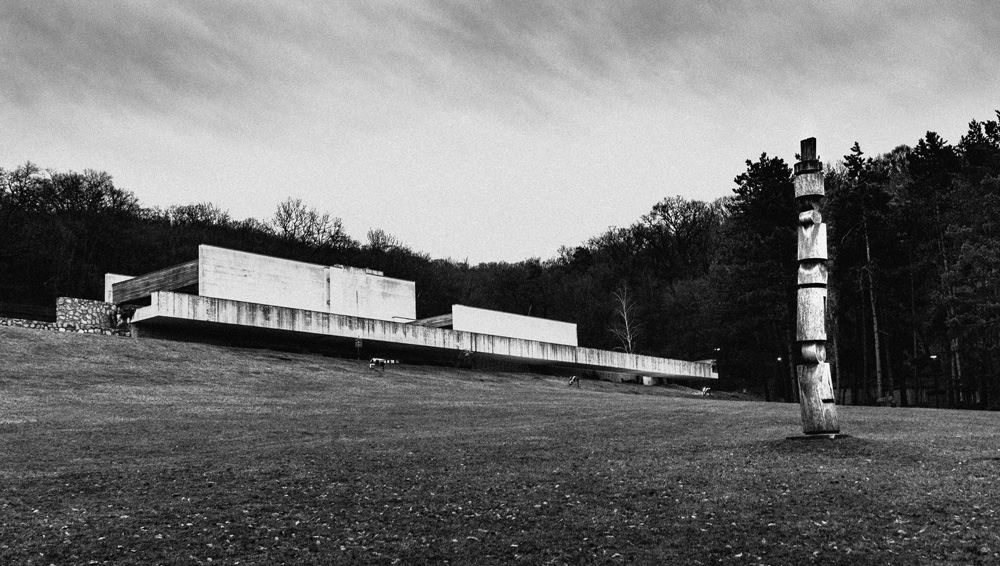
Setting
The architect aimed to integrate it into an environment of harmony, peace, and balance. It wasn’t meant to be an ordinary cemetery. The structure was designed to become part of the land. The values are spiritual, so it should inherently and outwardly reflect them.
Jan E. Koula, the teacher of Milucky, addressed some of next words when describing the Bratislava Crematorium: “woods and death, departure from this life to eternal noise of the woods, eternal circle of life, rebirth and death”.
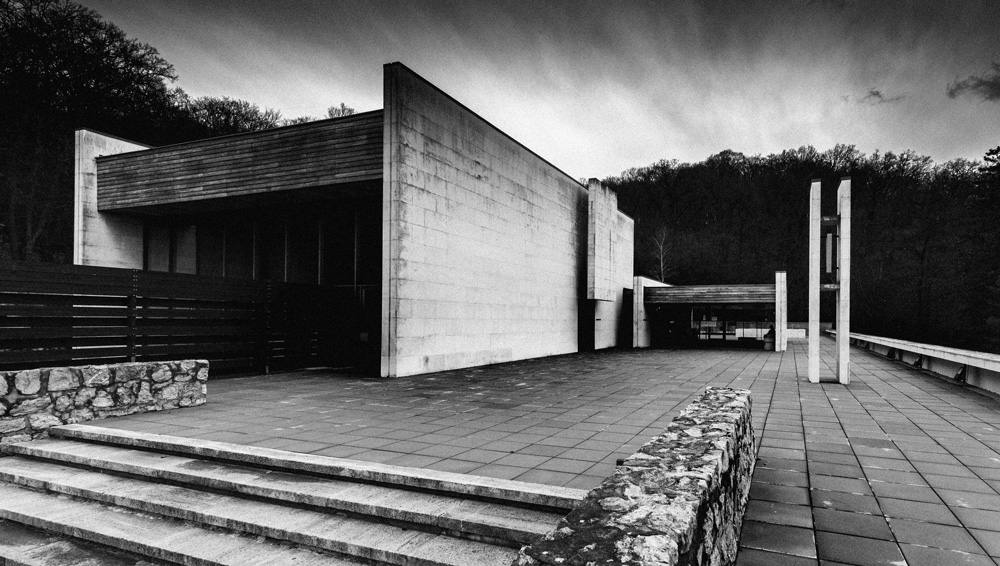
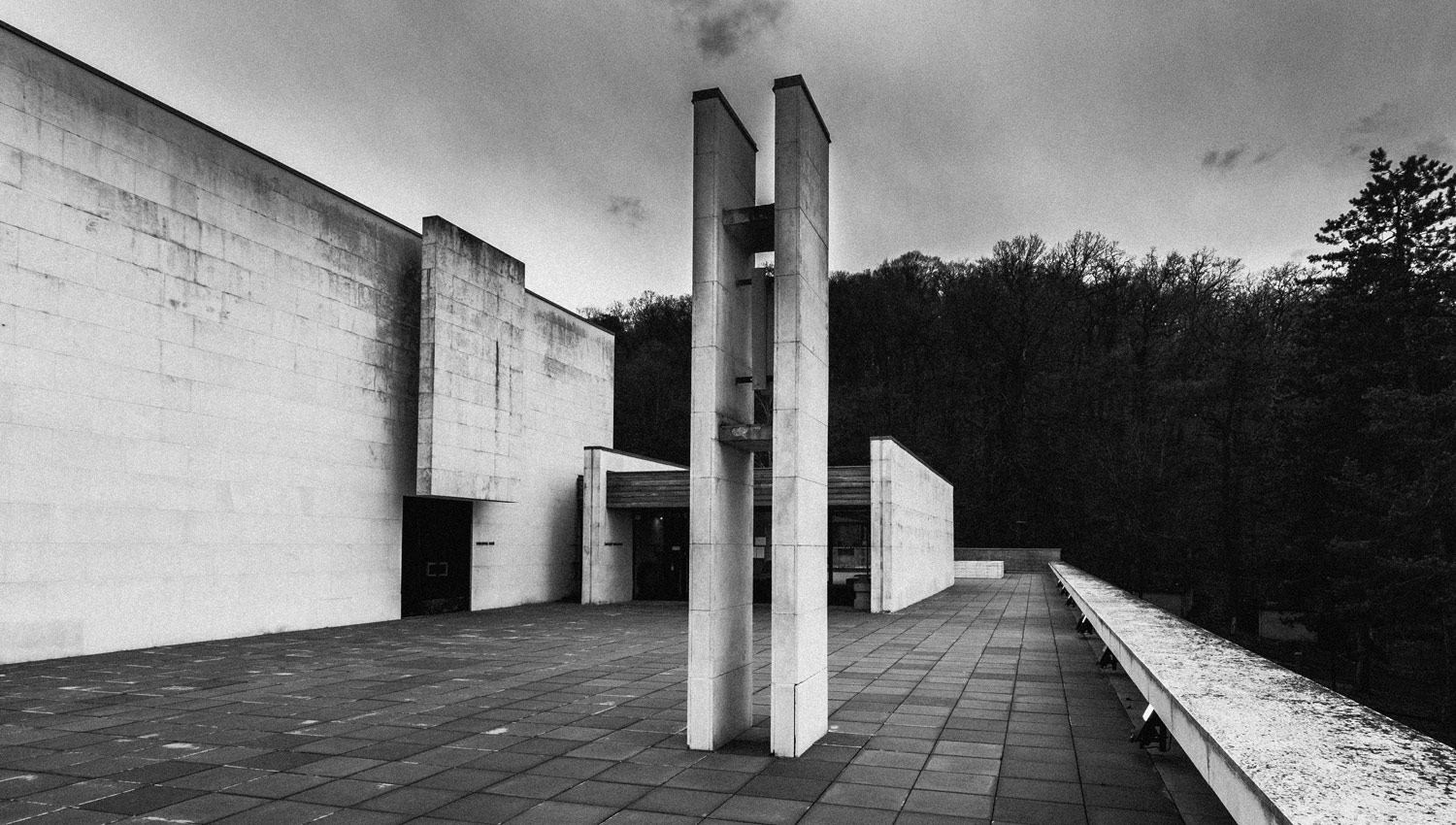
Structure
The place is divided into three parts. The main one is the crematorium, the second one is the urn grove with plastic art, and the third one is a functional side building.
The main structure consists of white horizontal lines that define the bases for interiors. They are combined with glass windows. There is a basement and room for religious rituals on the terrace.
When you enter the place you will have to take a short walk up a hill. You can either go straight up the meadow or use the staircase. I recommend visiting the place in autumn or colder weather 1 or 2 hours before sunset. This way you will have enough time to observe the building in daylight and take pictures. While staying late you can catch the first moments of darkness. Because of the woods around but also near the entrance you will start to feel more like in the forest than actual cemetery.
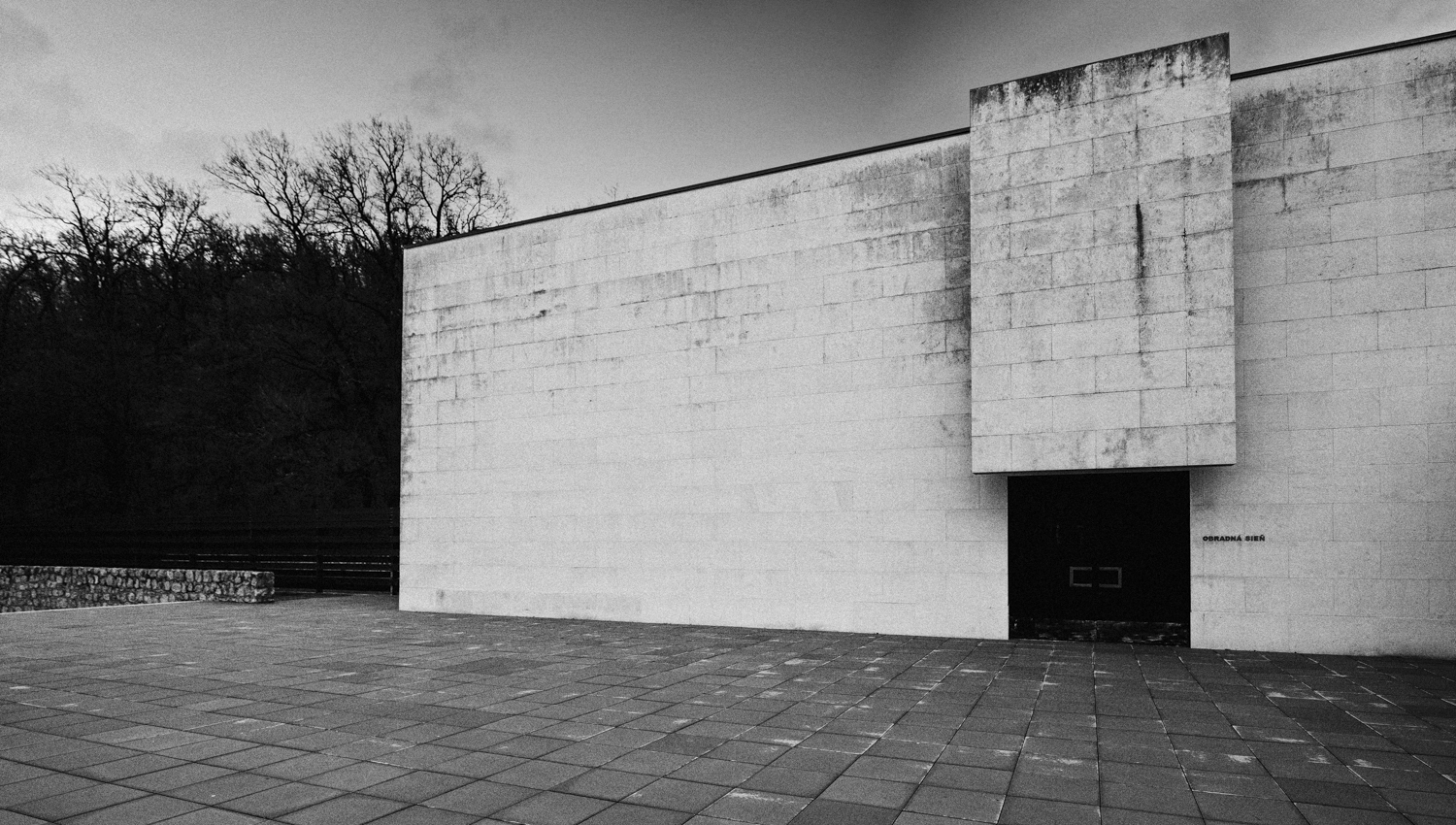
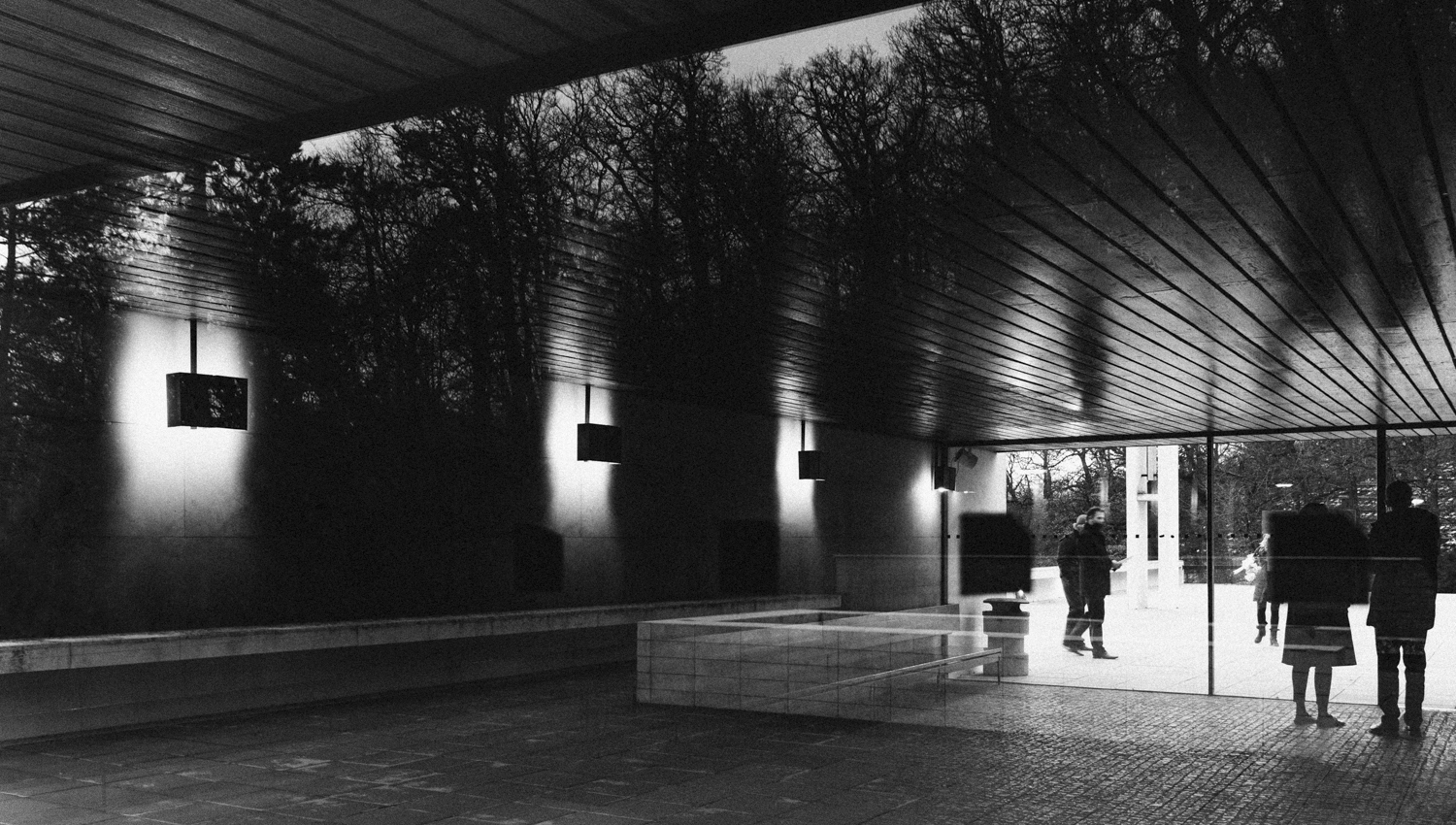
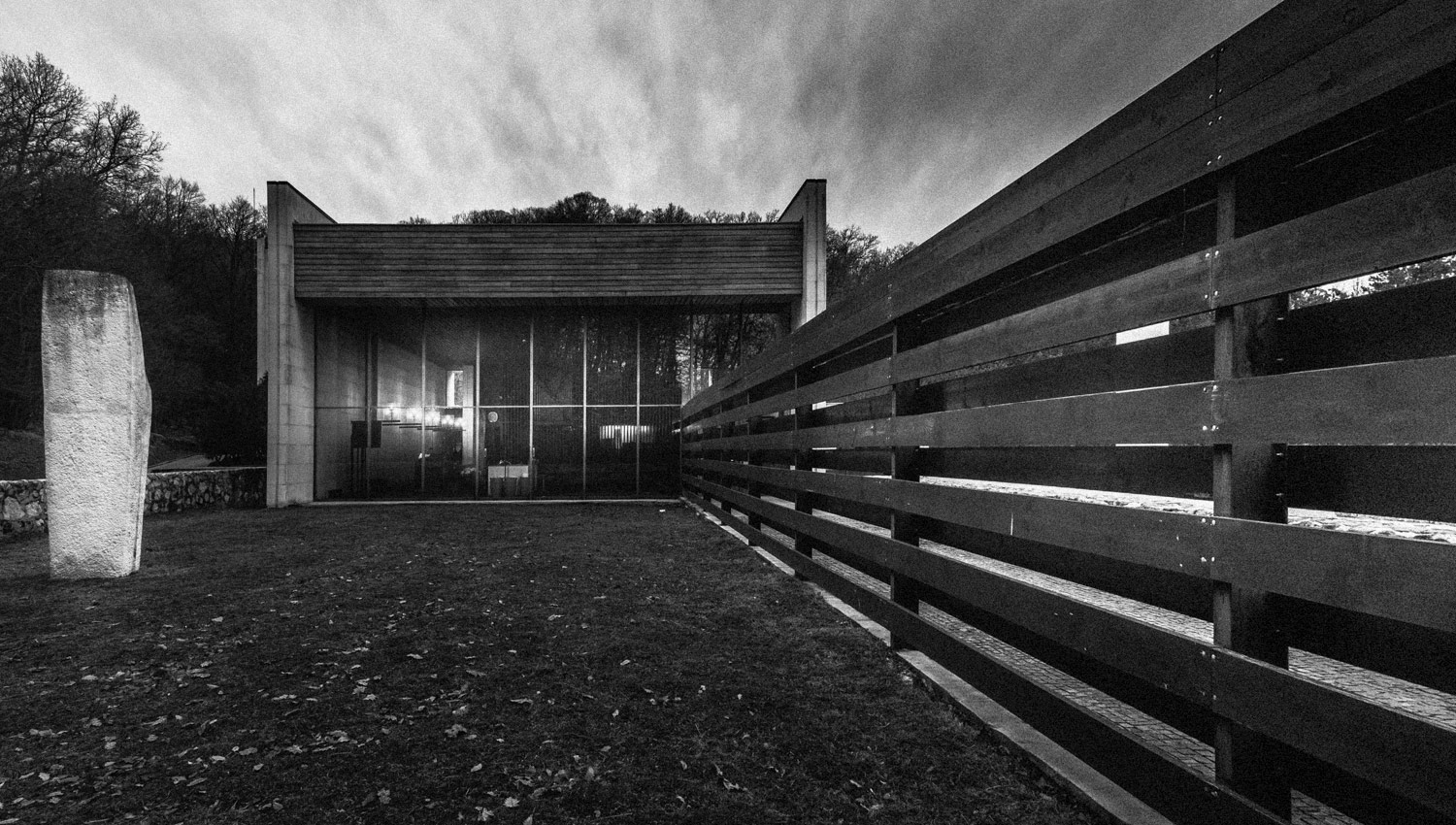
Being in the forest after sunset can offer an intriguing experience, particularly when one is alone.
The main hall offers a great view of the forest of oak and pine trees right next to it. Before you enter it you will pass the Ceremonial Hall and The Waiting Room. There is also a wooden wall that connects the exterior of the garden with the interior and main hall. The main thought process behind this design was to establish symbolically the connection between humans and nature.
Artworks
When getting up the staircase to the Crematorium Bratislava you will pass one hard-to-miss totem plastic art made by Vladimir Kompanka. It was inspired by traditional village cemeteries and folk wooden houses from around Slovakia.
Another interesting stop is the travertine fountain in front of the main hall. Its designer was Rudolf Uher.

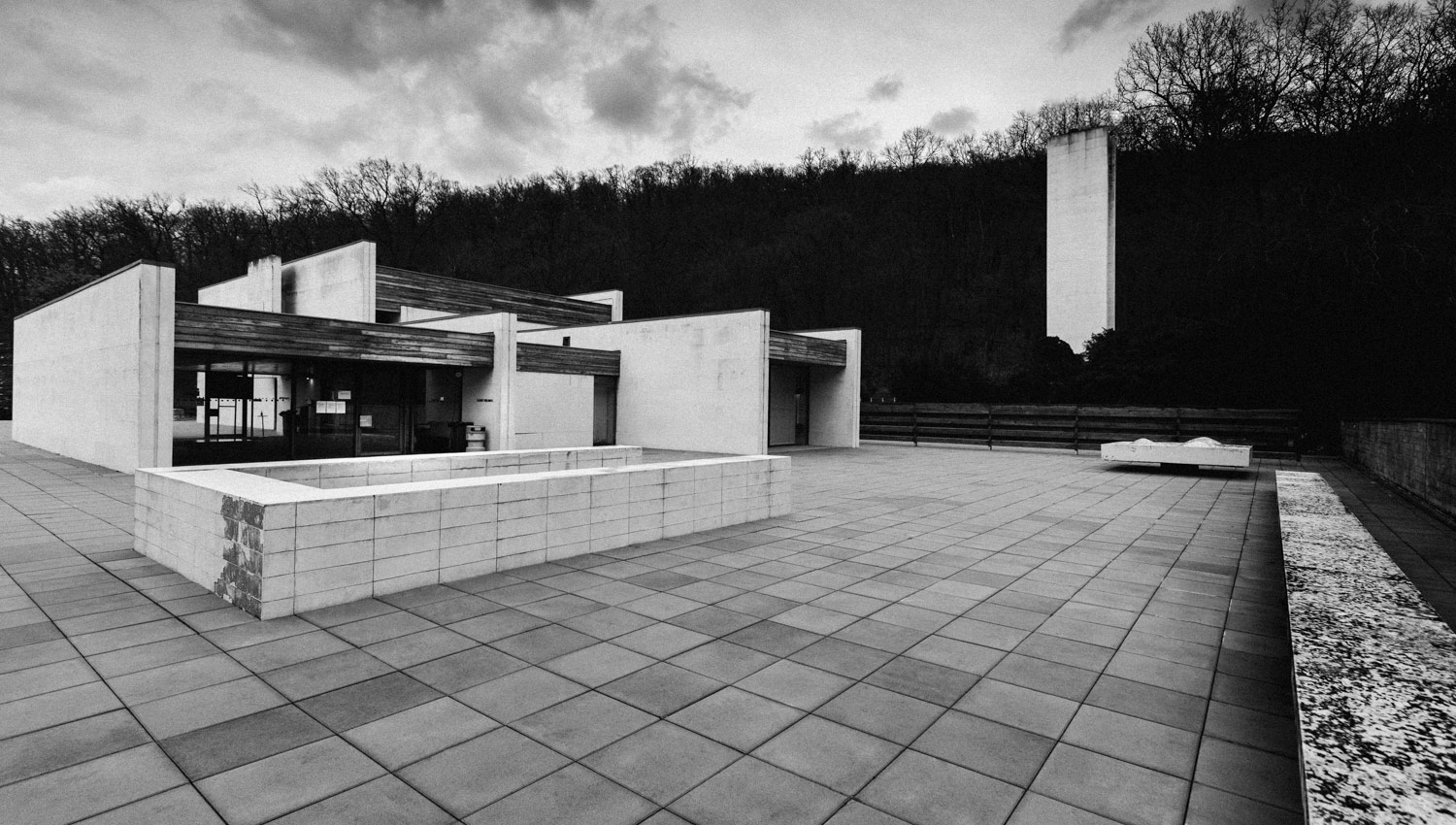
There also used to be one more sculpture named Sorrow made by Pavol Toth, but it was later removed.
One part of the place houses burial grounds for important personalities.
Since 2003, this location has been recognized as a national landmark. It has also been honored with the Dusan Jurkovic Award and a national accolade. Additionally, its contribution led to the Herder Prize for Architecture in 2001, awarded to architect Ferdinand Milucky.
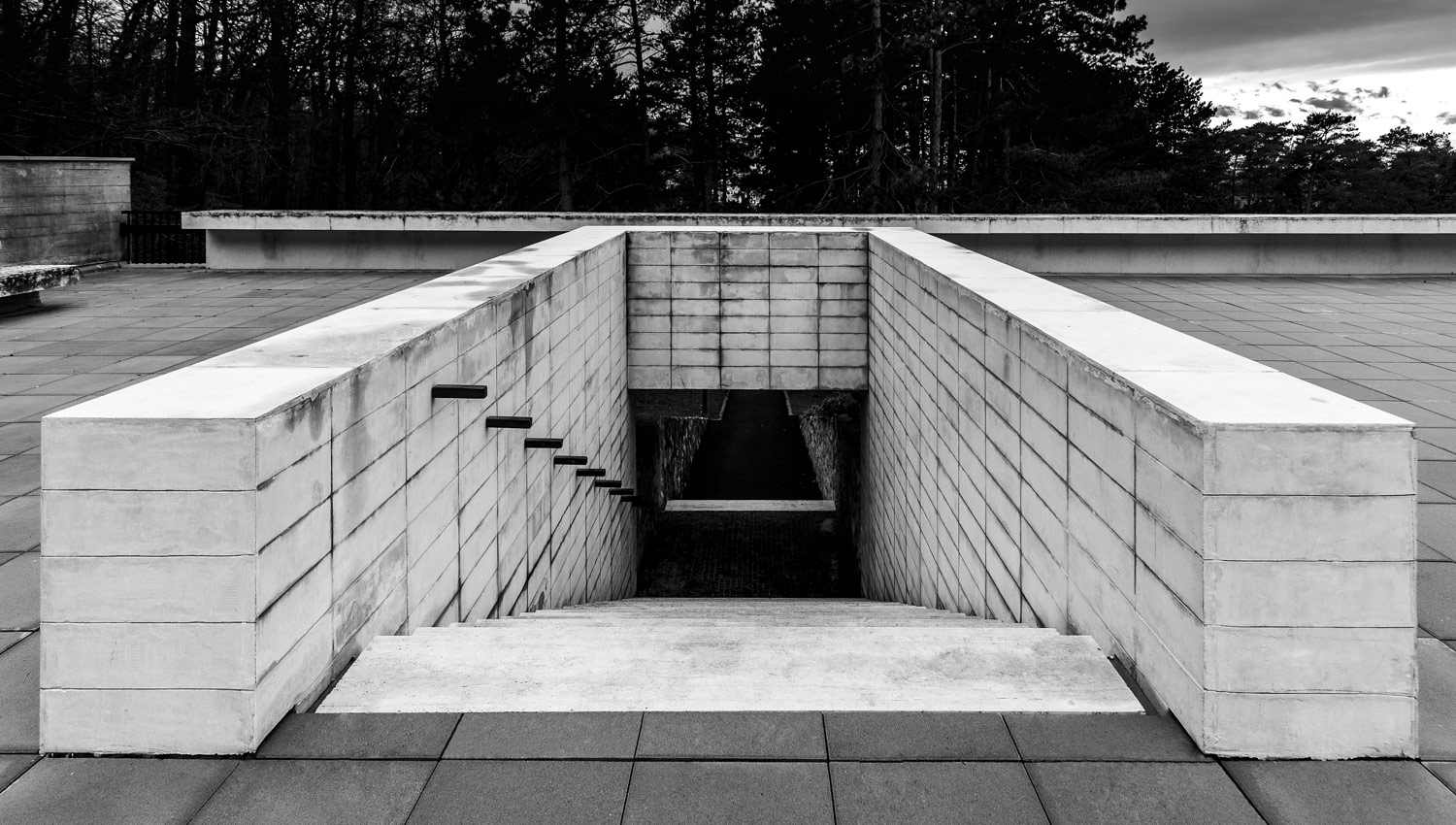
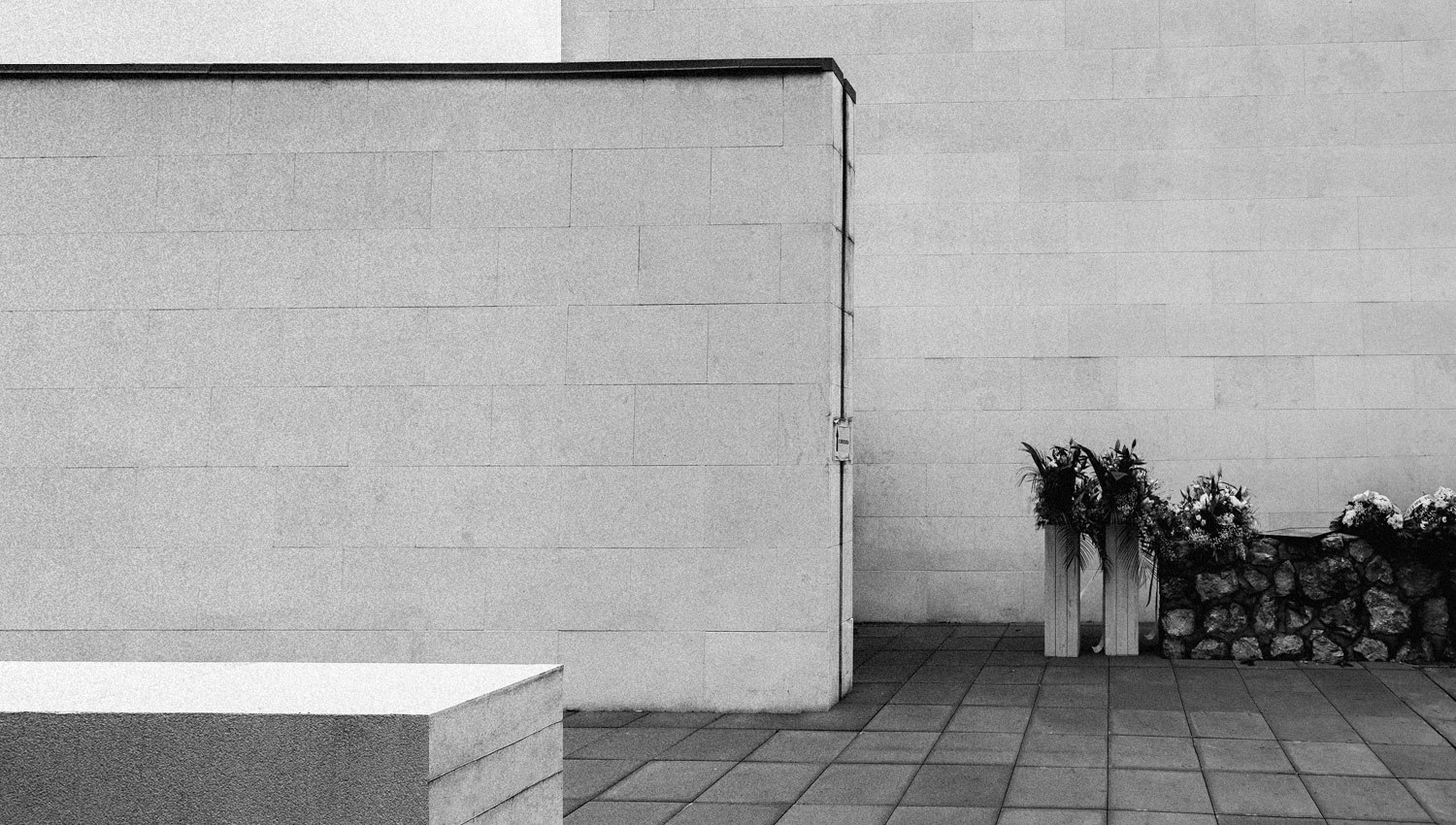
Sources:
sk.wikipedia.org
architectuul.com